The horror genre is arguably the most inventive genre in movies, and some horror films have been so groundbreaking that they changed the genre’s conventions completely. By altering the genre’s fundamental aspects and audience expectations, these movies were able to deliver highly effective scares. The result was that they completely changed the horror movie landscape, influencing all that came next.
Horror is a genre known for pushing the boundaries, but some movies pushed them so far that they broke and were never the same again. From Alfred Hitchcock to Wes Craven, several horror maestros have shaped the genre in very substantial ways. This was only achieved by bucking previous horror movie standards, and completely breaking the previous rules.
10 Night Of The Living Dead Turned Zombies Into The Undead
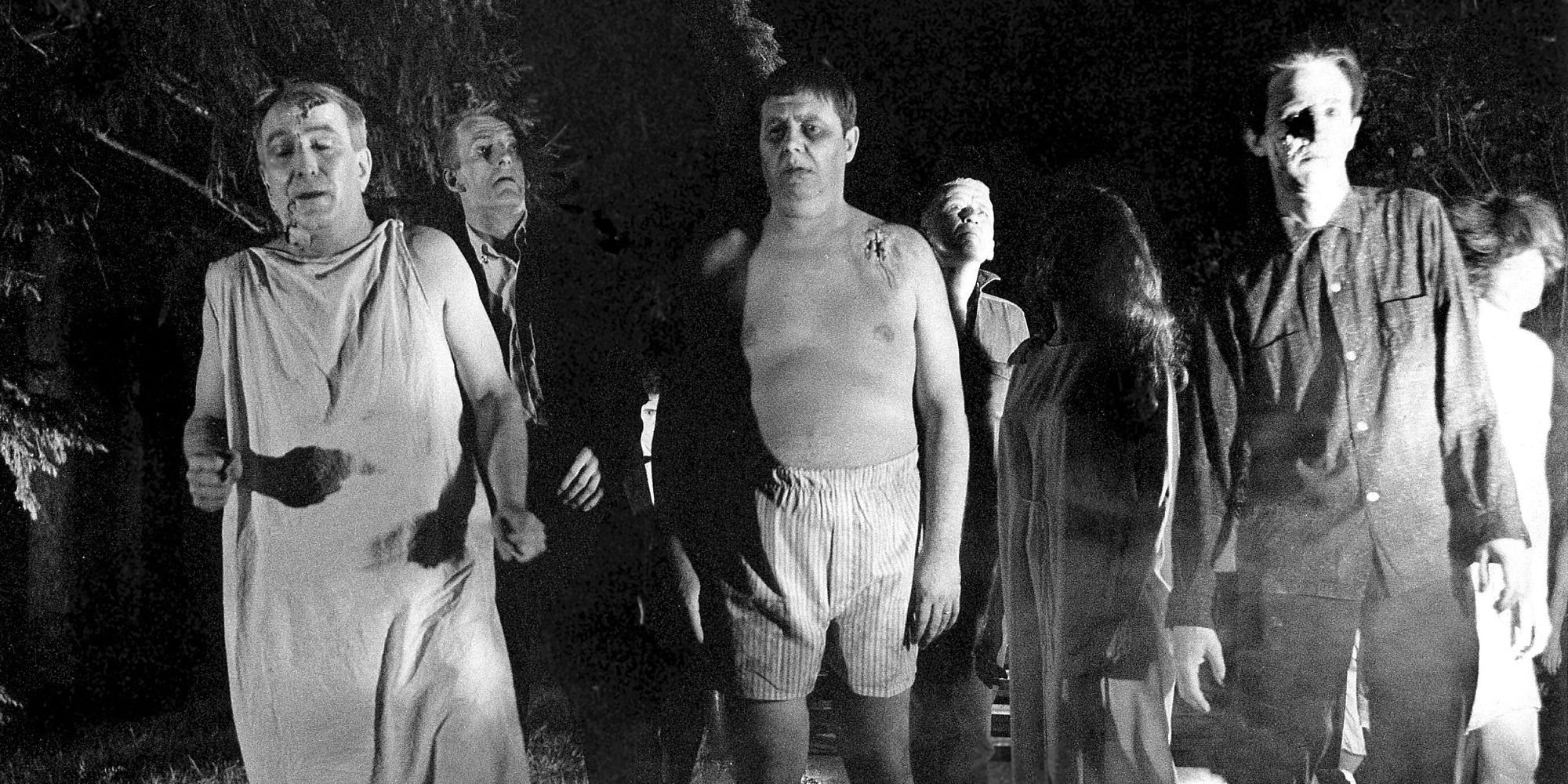
Before Night of the Living Dead, zombies were voodoo slaves, sometimes (but not always) raised from the dead. Movies like White Zombie popularized the monsters, which while lumbering and mindless, were not the flesh-devourers audiences now know. George A. Romero’s first zombie movie, however, changed this forever. Instead, 1968’s Night of the Living Dead featured undead zombies hungry for human flesh. While Romero refrained from terming them zombies, a string of imitations were released which were happy to incorporate the designation, and thus, the modern zombie was born.
9 28 Days Later Made Zombies Run Fast
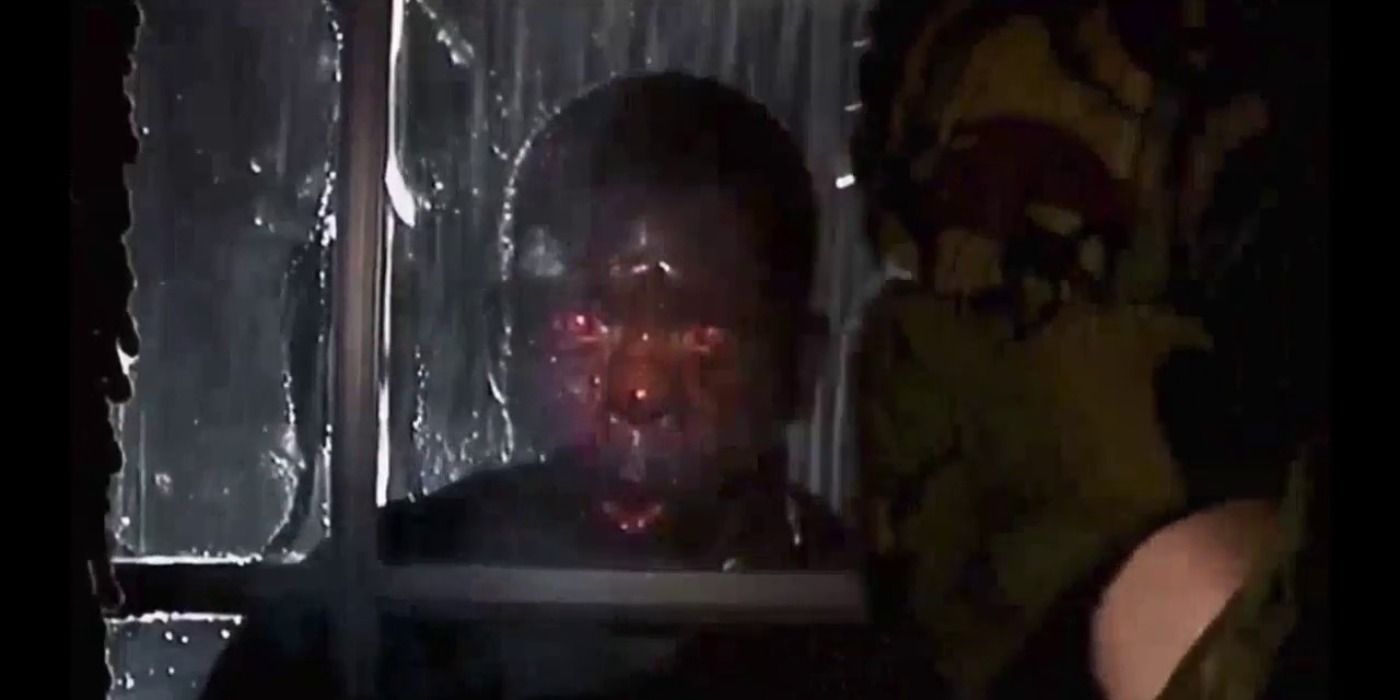
The next major development with zombie movies was Danny Boyle’s 2002 movie, 28 Days Later. Rather than living dead, these creatures moved very quickly, infected with a rage virus that triggered cannibalistic murder and extreme violence. Like Romero, Boyle was careful not to call his monsters “zombies,” and instead opted for the “infected.” The result was two-fold: firstly, subsequent zombie movies employed this speedier, more lethal updated zombie; and secondly, zombie movies garnered a connection with infection – leading to a string of contagion movies.
8 Psycho Had No Latecomers, And Killed Its Star
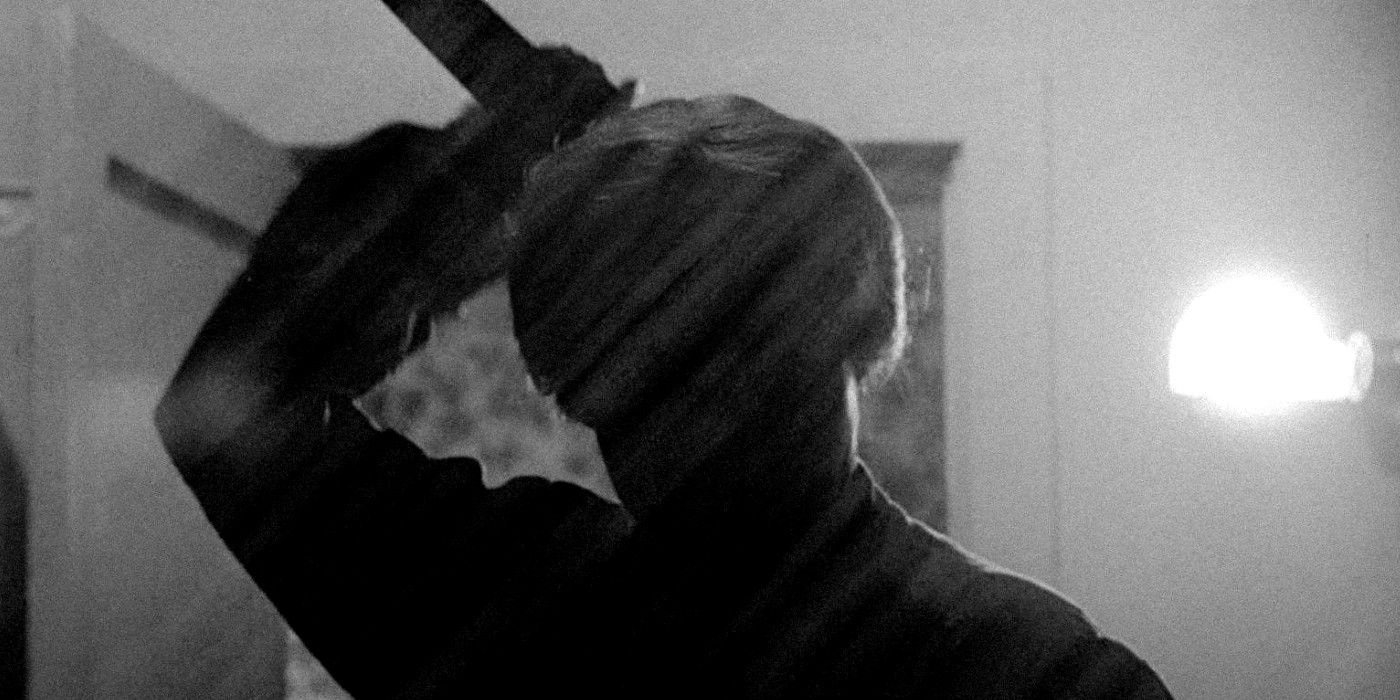
Before 1960’s Psycho, cinemas would play movies on a loop, and patrons could arrive whenever they desired – staying to watch the beginning of the movie as necessary. Alfred Hitchcock changed this, and not just for horror. Concerned audiences would spoil the ending for themselves, Hitchcock insisted that nobody be allowed entry after the screening commenced. This would ultimately become somewhat standard in all cinema. If this wasn’t enough, Hitchcock also made the bold move to kill off the movie’s star (Janet Lee) in the opening act. This was later lampooned by Scream, which also used it to undermine the audience’s presumption of the upcoming plot.
7 Carrie Shocked Audiences With A Surprise Ending
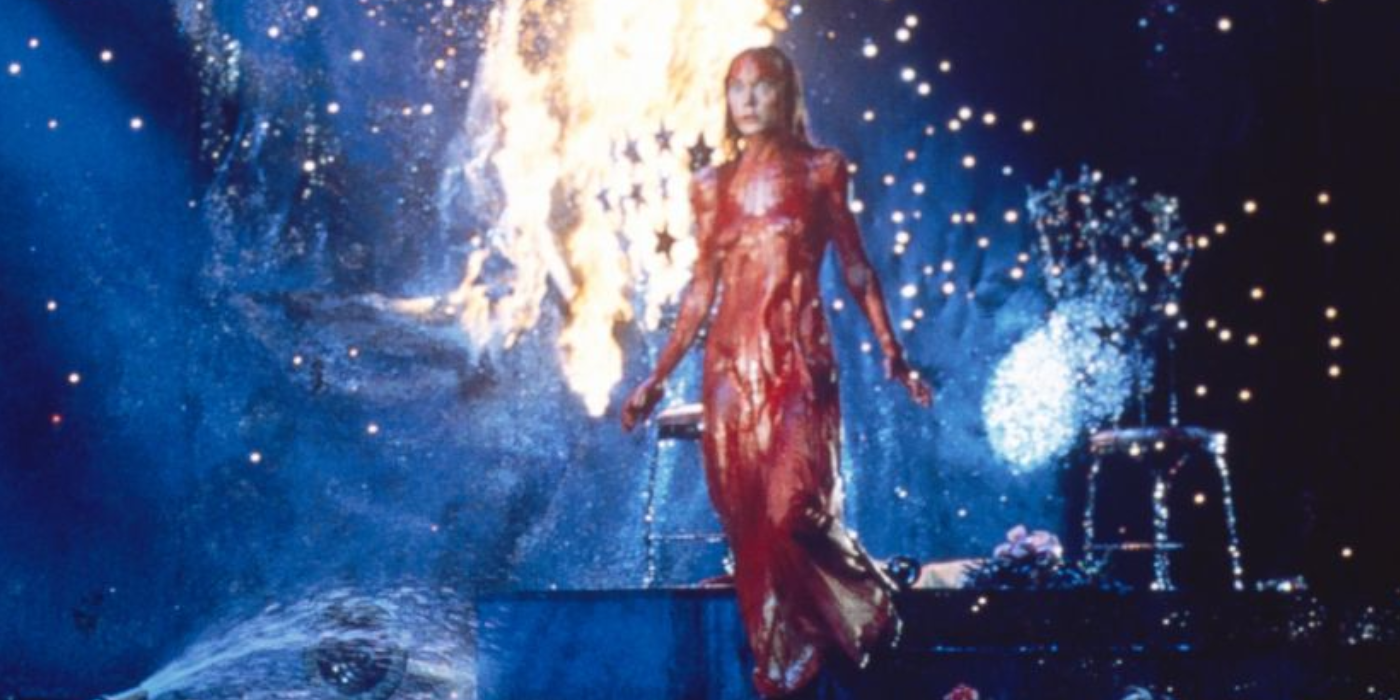
It seems most horror movies these days deploy a last-minute scare, jolting its audience one final time. Typically, these occur after the perceived threat has been defeated – leaving speculation open to the horrors continuing after audiences are safely exiting the cinema. This, however, never existed before the 1976 adaptation of Stephen King’s Carrie. Brian De Palma’s classic waited until the very end before delivering one final fright, Carrie’s hand thrusting its way through the rubble and grasping a survivor. While it may appear like a tiresome trope to modern viewers, this scene startled audiences to their core in 1976. A later famous example comes at the end of Friday the 13th.
6 Nobody Rescues Edward Woodward At The End Of The Wicker Man
.png)
One of the most enduring images in British horror cinema depicts Edward Woodward (as Howie the police officer) trapped in a giant wicker man, burning to death as the sun sets, during the final scenes of Robin Hardy’s The Wicker Man. Audiences in 1976, however, were not used to seeing the protagonist die at the end of the film, and many expected (as would be the case in most other horror movies) an imminent rescue for the hero. This rescue does not arrive though, and Woodward’s character perishes in the flames as the pagan islanders sing below. This was highly controversial at the time of release and would be a tactic repeated throughout modern horror movies.
5 The Blair Witch Pretended To Be Real
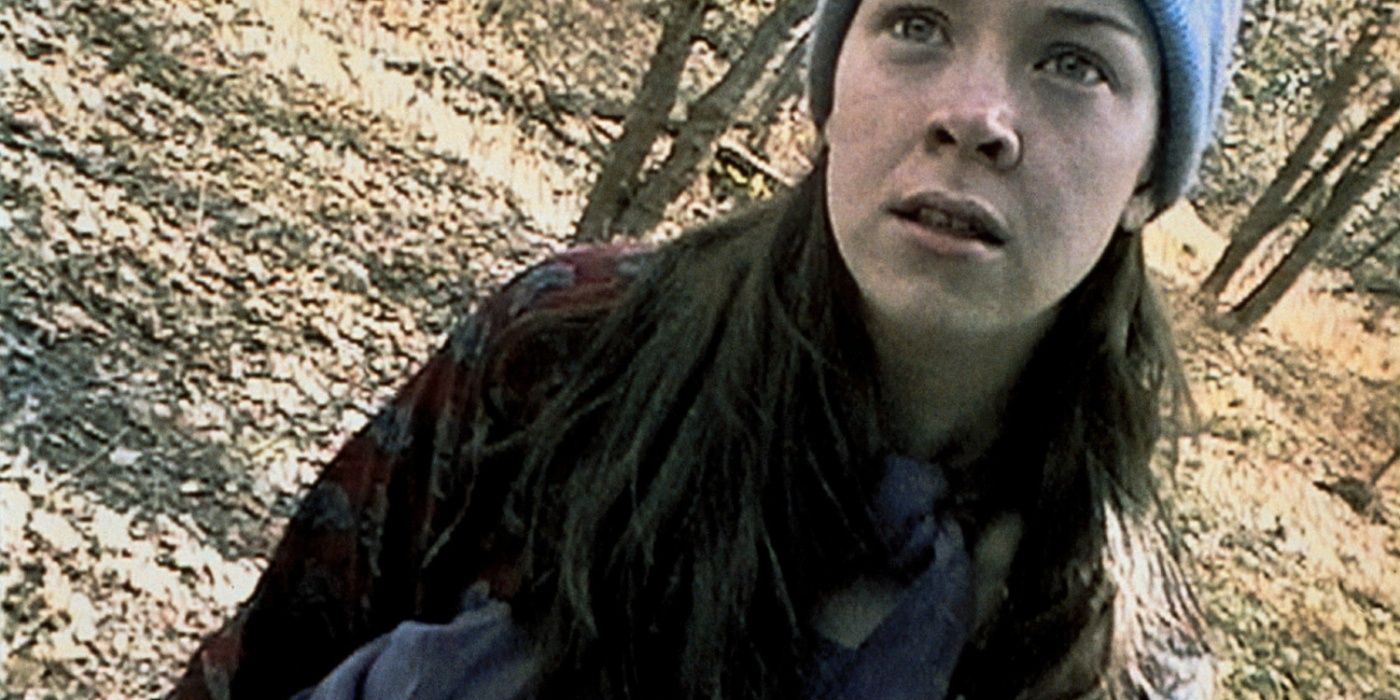
Now an immensely popular horror subgenre, found footage first appeared in 1980’s Cannibal Holocaust, which enjoyed a cult following for years. One movie inspired by this, and that arguably popularized the technique, was 1999’s The Blair Witch Project. Alongside the movie, the filmmakers created a swathe of fictional material presented as fact, including websites and documentaries, which explored the movie’s themes and purported backstory. Additionally, the actors were marked as missing on their IMDB.com profiles, perpetuating the ruse. This cemented the idea for the public and truly blurred the lines between fact and fiction – a theme that persists in horror to this day.
4 Bride Of Frankenstein Spoofed Itself
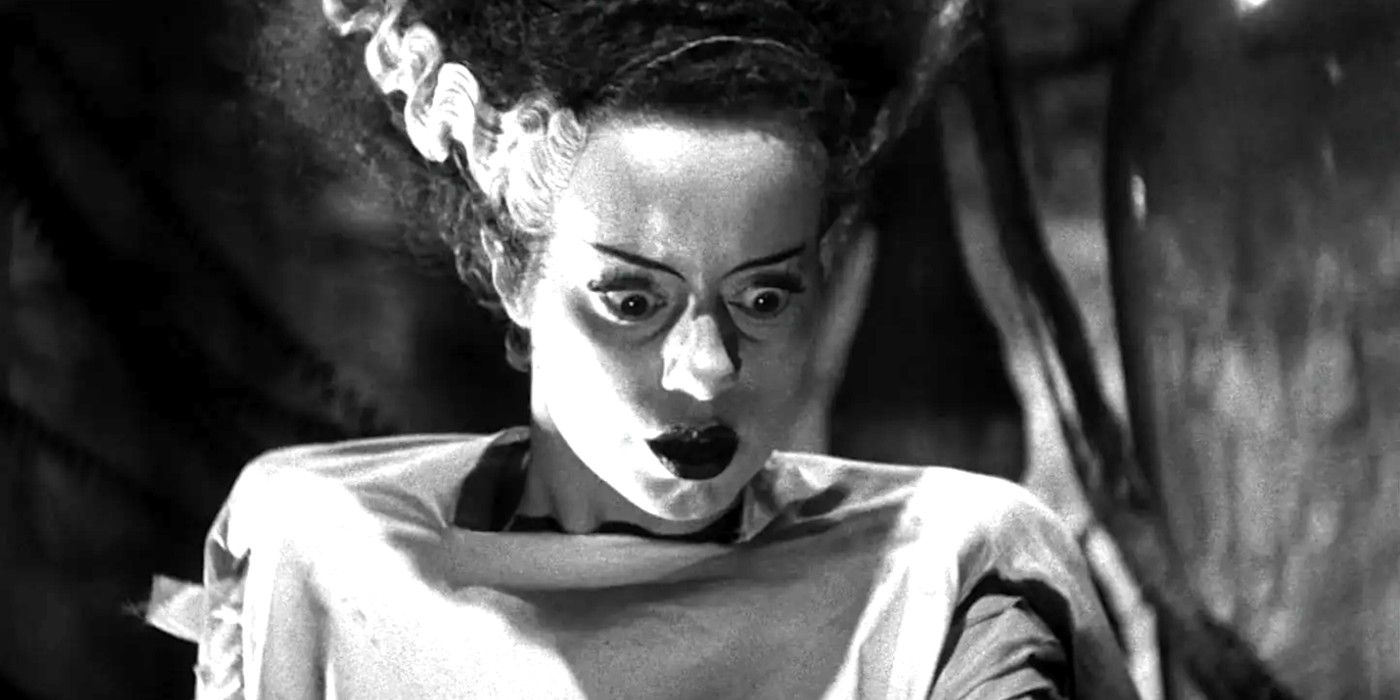
James Whale’s classic, The Bride of Frankenstein is a masterpiece in early horror. Released in 1935, the movie was a sequel to Whale’s hugely popular Frankenstein, adapting the remainder of Mary Shelley’s novel. However, many audiences did not realize, and wouldn’t for years to come, that Bride of Frankenstein is a surreptitious spoof of Frankenstein. Packed with campy characters and melodrama, Whale took his own movie and exaggerated the elements he found amusing, contrasting them against Boris Karloff’s incredible reprisal as the Monster. This technique would be repeated by Tobe Hooper, who released a sneaky parody of his own horror classic with The Texas Chainsaw Massacre Part 2.
3 Hellraiser’s Villain Wasn’t The Real Villain
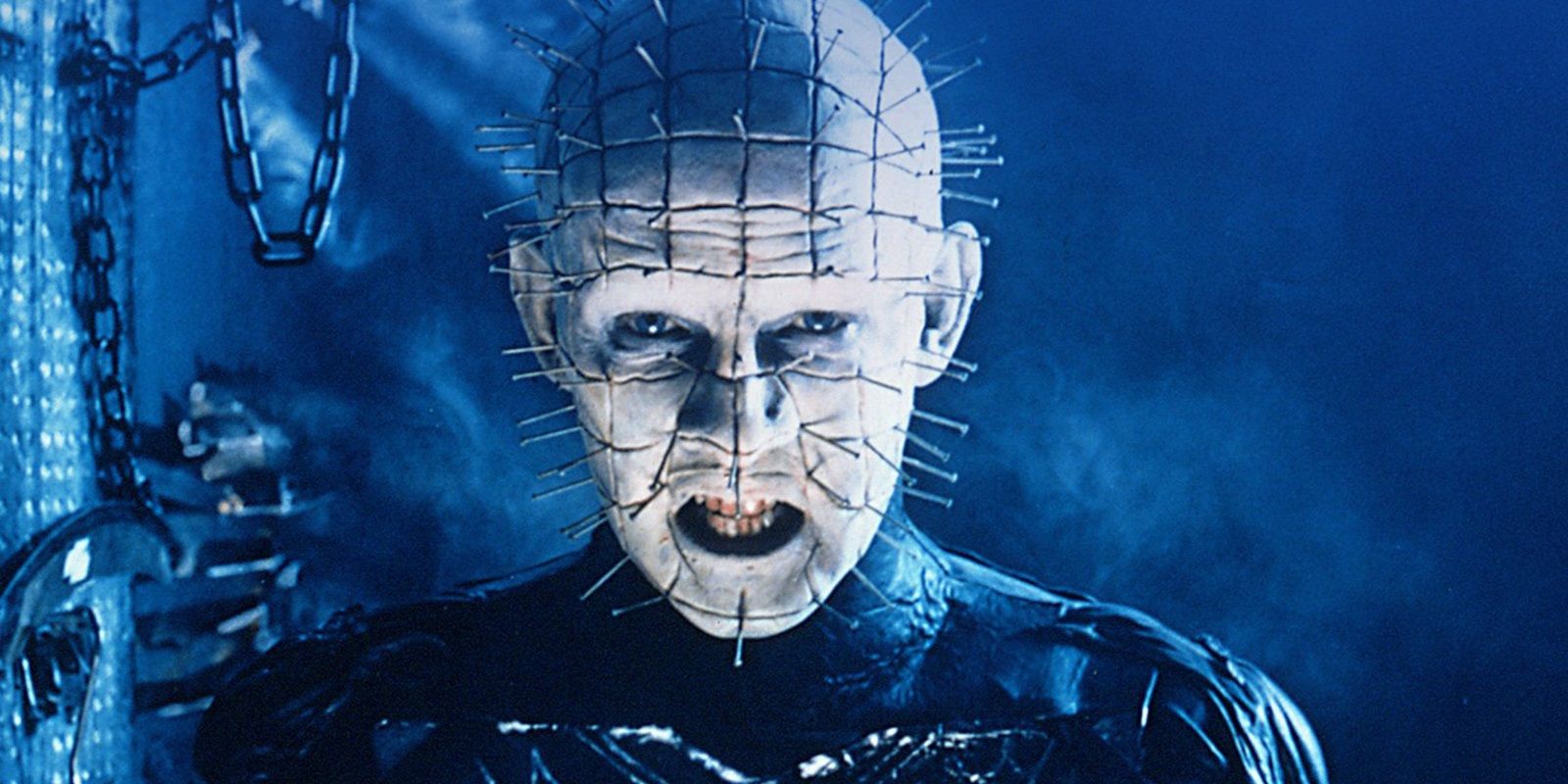
Despite featuring one of the most iconic villains in horror history, Hellraiser made a brilliant, and unconventional, decision to have another antagonist than Pinhead. Though still featured dismembering victims with his trademark chains throughout, Pinhead is a side character in the original 1987 Hellraiser, with the human Frank taking the villainous mantle. Frank appears as a violent degenerate, leching over his brother’s wife and child, and orchestrating much of the movie’s horrors. Frank is so detestable, that by the movie’s conclusion audiences are actually rooting for Pinhead to dispatch the man. In fact, Frank proved such a wretched villain that he would appear in the sequel.
2 Saw X Makes You Like Jigsaw
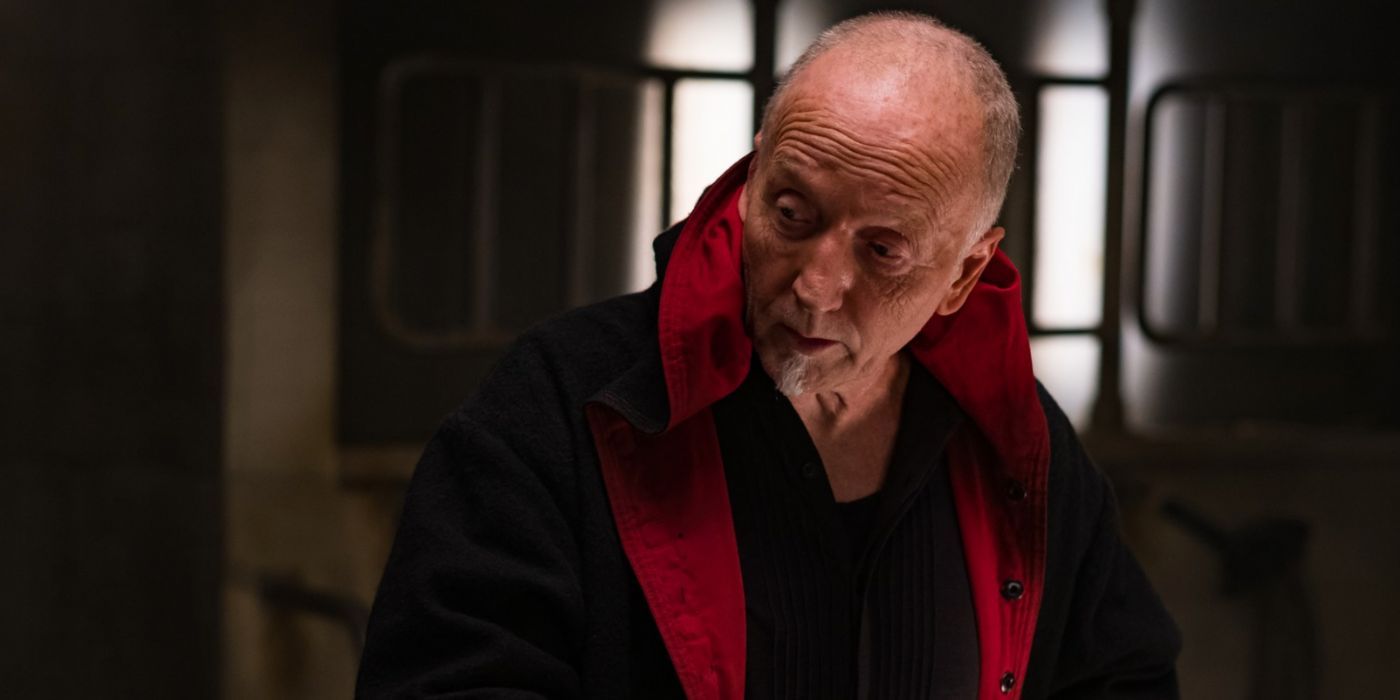
Another horror franchise with a secondary character so deplorable viewers root for the villain is Saw, most specifically Saw X. Saw X did such a brilliant job at fleshing out the murderer Jigsaw and his battle with cancer, that when he is duped into fake treatment by the detestable Dr. Cecilia Pederson, audiences feel sorry for him. It is quite an astonishing phenomenon, which transforms the villain fans love to hate, to a villain people just plain love. Saw has always walked the relatable villain tightrope, proffering some justification for the horror committed by Jigsaw, but Saw X reorients him as one of the victims, fully undermining the binary horror convention of good vs. evil.
1 The Villains In The Last House On The Left Are The Hunted
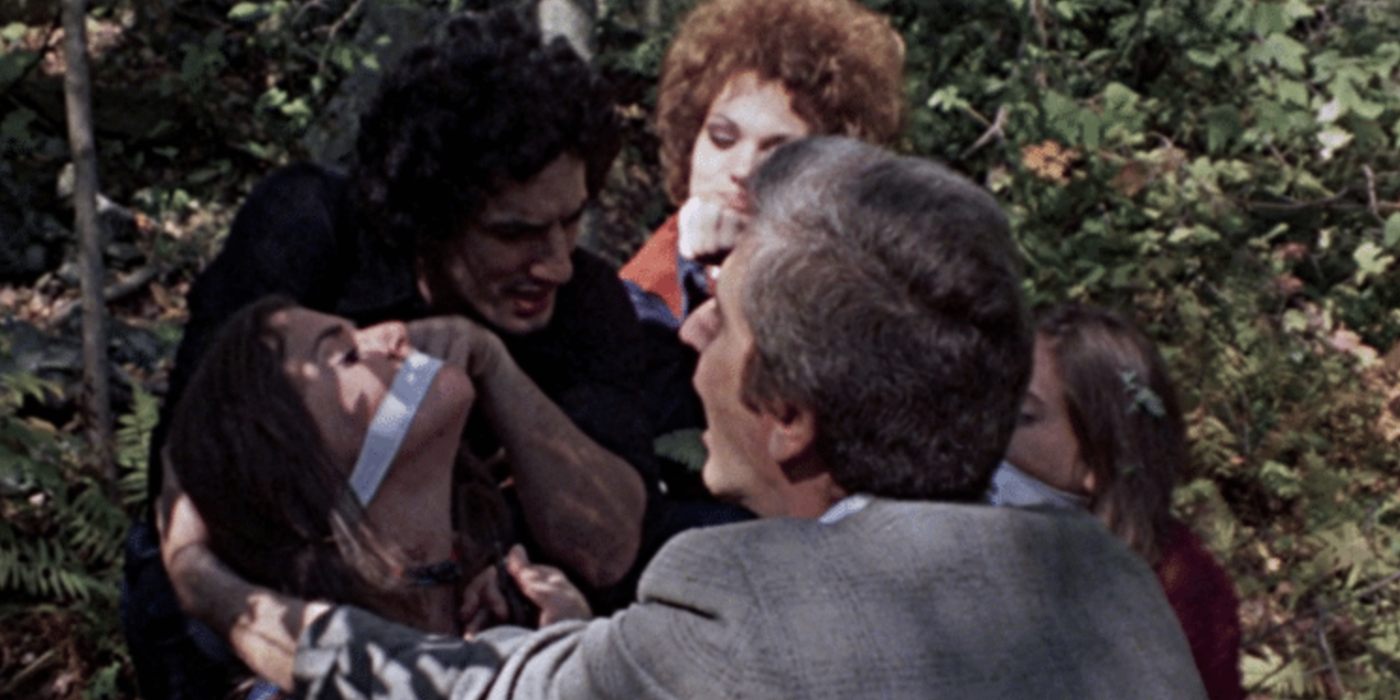
An earlier film that flipped the victim/villain archetypes was Wes Craven’s seminal The Last House on the Left. It initially depicts the murder of a young woman by some truly vile characters. Then rather unexpectedly, the movie shifts. The killers seek refuge in a remote house, which, unbeknownst to them, is their victim’s home. Deducing what happened, her parents seek their bloody revenge. The movie questions notions of justifiable violence and does so by also placing the audience in the awkward position of cheering for the parents to murder the reprobates. It is a truly disgusting movie that broke several rules in horror, but this one still feels particularly unsettling.




